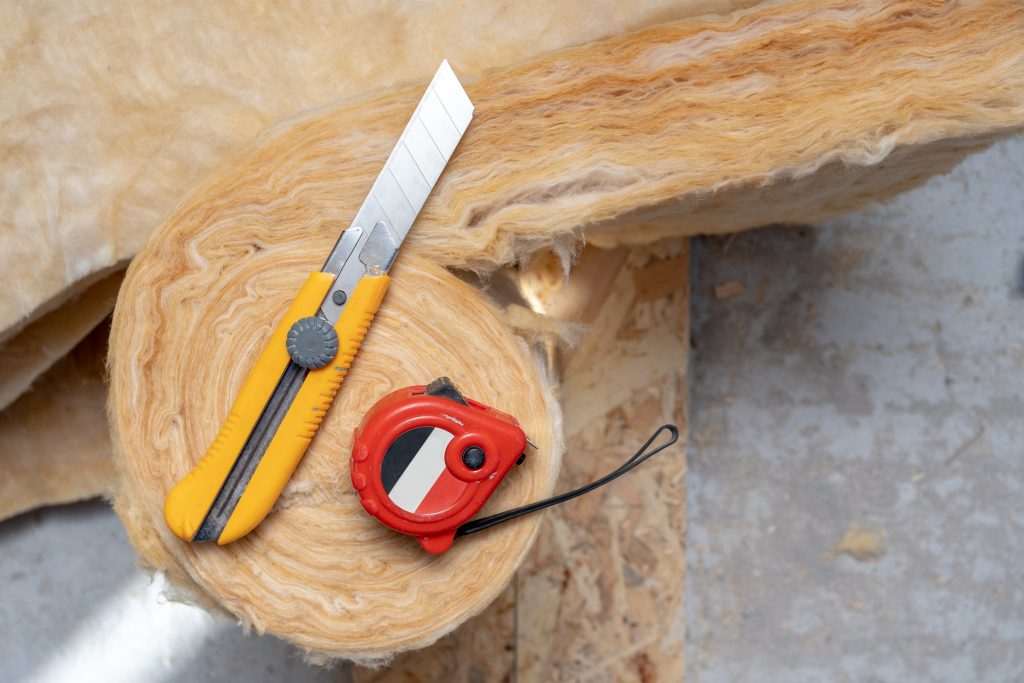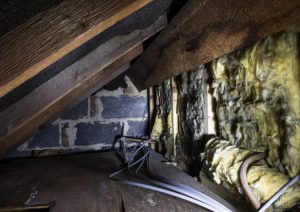Attic insulation is the best way to keep your home warm in winter and cool in summer without costing you a fortune in energy bills. If you are like most homeowners, a visit to the attic is only preserved for when you have to get decorations or store more boxes up there.
However, if you plan on reducing your carbon footprint, you need to start paying attention to what’s happening up there.
How to Choose the Right Attic Insulation for Your Home
Spray foam insulation
This type of insulation is perfect for areas in your attic that are irregular and hard to reach. The insulation material is sprayed into wall cavities, where it expands and solidifies into a hard foam barrier. If your attic is really big, use a pressure sprayer to ensure you get the foam evenly distributed.
For this type of insulation, ensure it is professionally done. It may seem easy but there’s more to it than aiming a spray hose in your attic.
Blanket batts and rolls
Blankets, batts and rolls, are by far the easiest type of insulation to install which is why it is preferred by homeowners who are into DIY projects. It is made from fiberglass, but there are others that are made from wool, cotton, or plastic.
This type of insulation comes in different thicknesses and lengths and can be easily cut to smaller pieces’ that will fit the intended area. When installing blankets batts and rolls, ensure that you’re in protective gear as fiberglass is an irritant
Rigid foam panels
This type of insulation is perfect for unfinished walls, ceilings and floors. If your home has a cathedral ceiling, rigid foam panels would help reduce the heat conducted through the attic’s elements. Their R-values range between 4 and 6.5 meaning that they are highly efficient in saving energy.
One of the downsides, however, is that it must be tightly fitted to create an airtight barrier and it is susceptible to UV rays damage.
Reflective barriers
This insulation is also referred to as a radiant barrier.
Reflective barriers reduce heat transfers from the roof’s underside. Studies show that when reflective barriers are used in warm climates, they can reduce cooling costs by 5% to 10%.1
The reflective surface of the barrier prevents the heat from being absorbed and emitted as radiation.
Loose-fill insulation
This is where insulation made of loose particles is blown into your attic. The beauty of this type of insulation is that it can conform to any space in your attic without compromising the structural integrity of the attic.
Types of Insulation for Your Attic
There are several factors you should consider when installing attic insulation including the flammability of the material. You should also check for allergens and the R-value of the insulation material in relation to your local climate.
Links to sources used:
- Radiant Barriers | Department of Energy – Energy.gov – https://www.energy.gov/energysaver/weatherize/insulation/radiant-barriers




